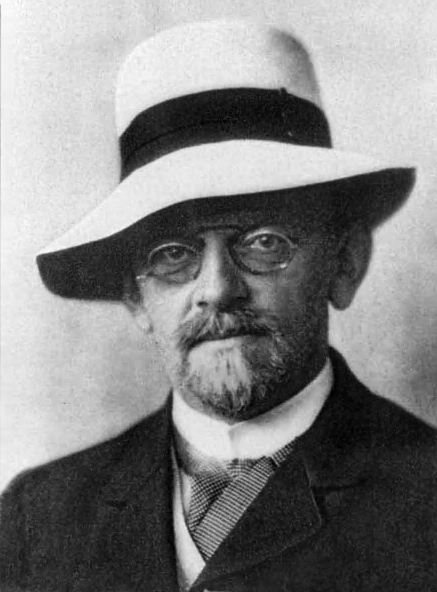 [div class=attrib]From the New Scientist:[end-div]
[div class=attrib]From the New Scientist:[end-div]
WHEN David Hilbert left the podium at the Sorbonne in Paris, France, on 8 August 1900, few of the assembled delegates seemed overly impressed. According to one contemporary report, the discussion following his address to the second International Congress of Mathematicians was “rather desultory”. Passions seem to have been more inflamed by a subsequent debate on whether Esperanto should be adopted as mathematics’ working language.
Yet Hilbert’s address set the mathematical agenda for the 20th century. It crystallised into a list of 23 crucial unanswered questions, including how to pack spheres to make best use of the available space, and whether the Riemann hypothesis, which concerns how the prime numbers are distributed, is true.
Today many of these problems have been resolved, sphere-packing among them. Others, such as the Riemann hypothesis, have seen little or no progress. But the first item on Hilbert’s list stands out for the sheer oddness of the answer supplied by generations of mathematicians since: that mathematics is simply not equipped to provide an answer.
This curiously intractable riddle is known as the continuum hypothesis, and it concerns that most enigmatic quantity, infinity. Now, 140 years after the problem was formulated, a respected US mathematician believes he has cracked it. What’s more, he claims to have arrived at the solution not by using mathematics as we know it, but by building a new, radically stronger logical structure: a structure he dubs “ultimate L”.
The journey to this point began in the early 1870s, when the German Georg Cantor was laying the foundations of set theory. Set theory deals with the counting and manipulation of collections of objects, and provides the crucial logical underpinnings of mathematics: because numbers can be associated with the size of sets, the rules for manipulating sets also determine the logic of arithmetic and everything that builds on it.
[div class=attrib]More from theSource here.[end-div]
[div class=attrib]Image courtesy of Wikipedia / Creative Commons.[end-div]
